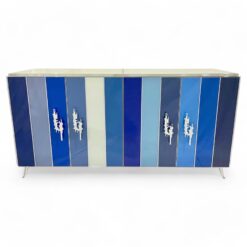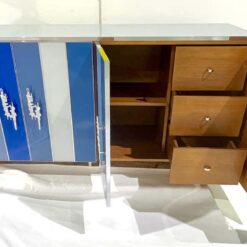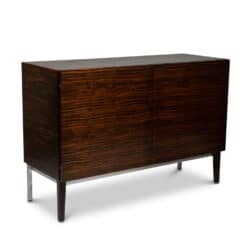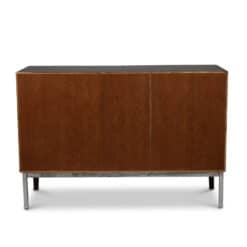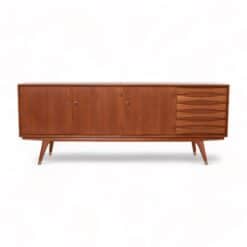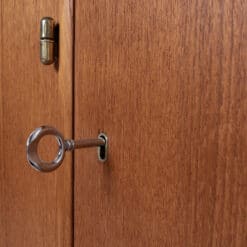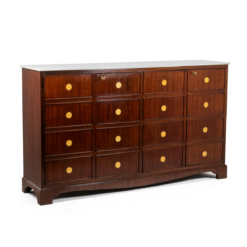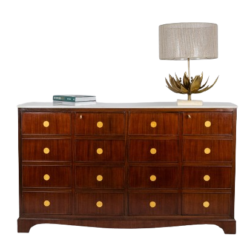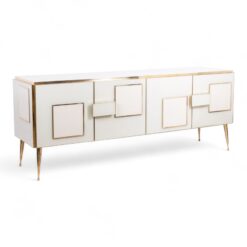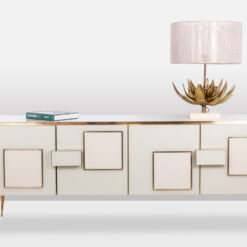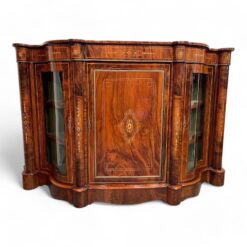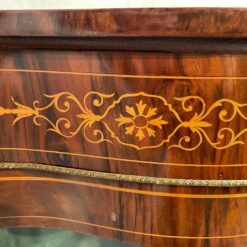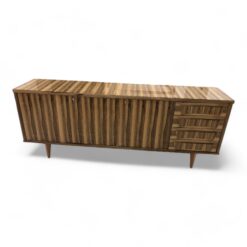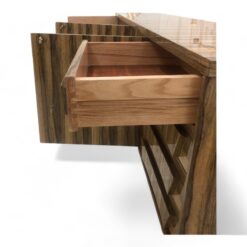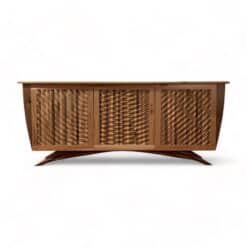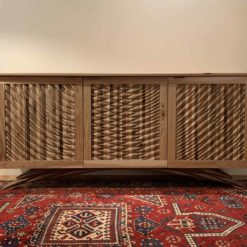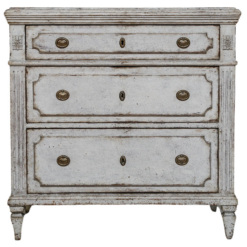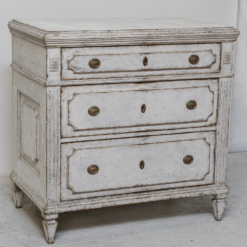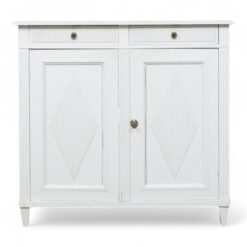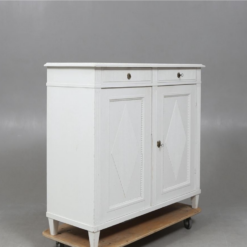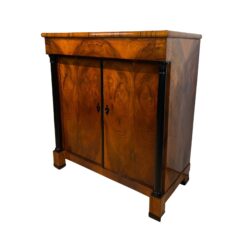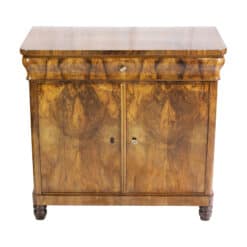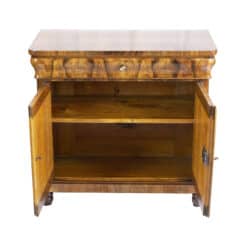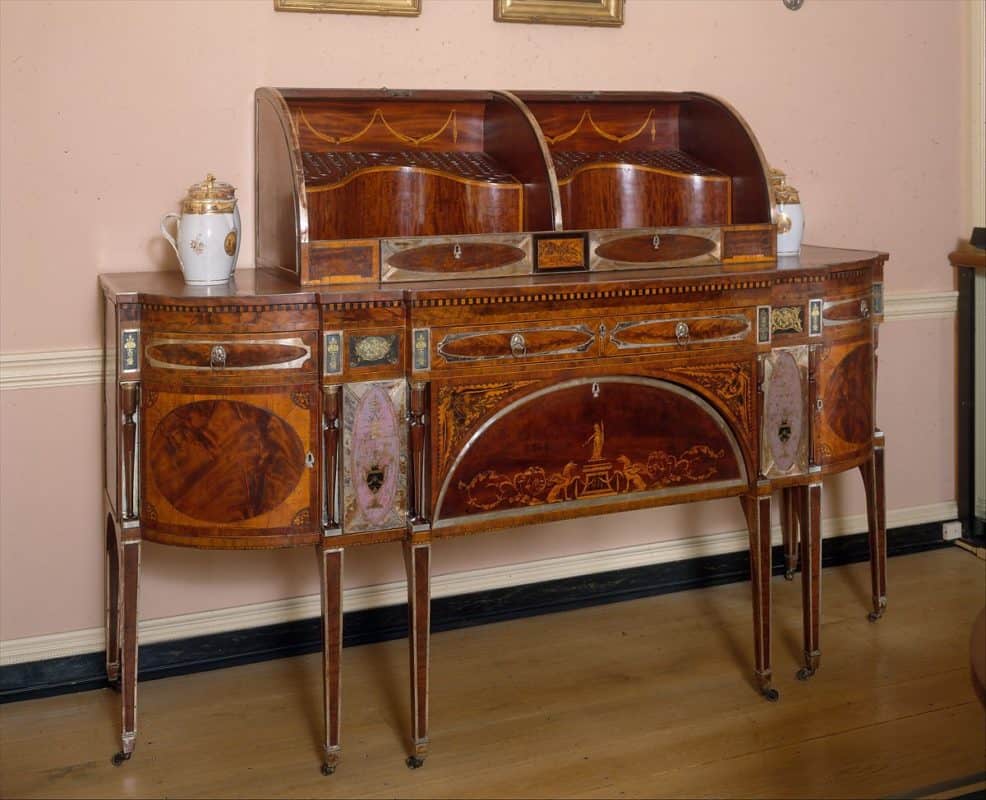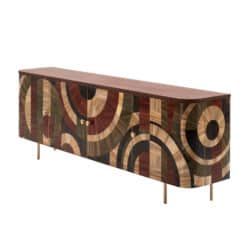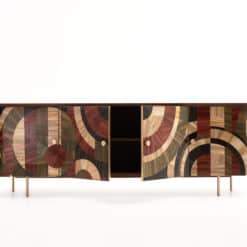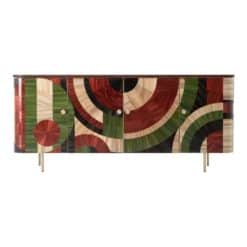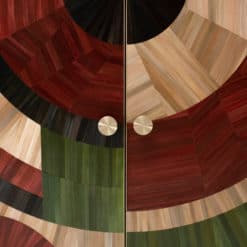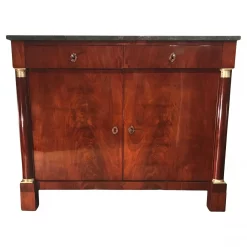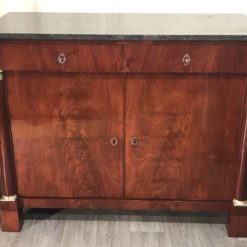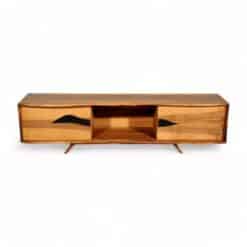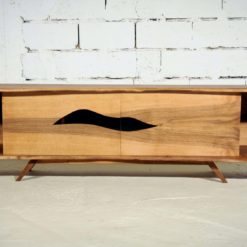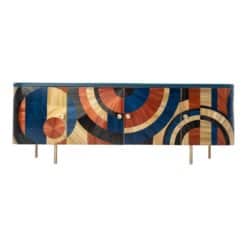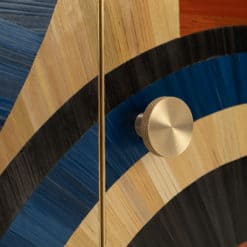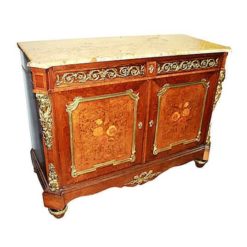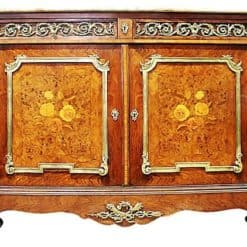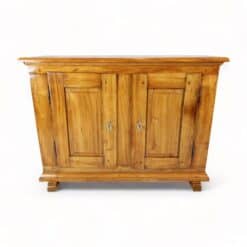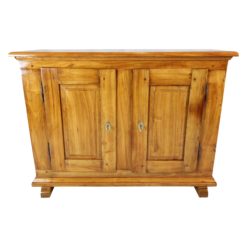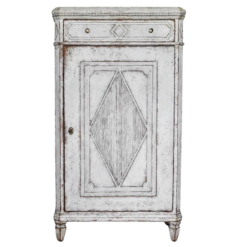Best Sellers
Furniture, Styylish History
Unraveling the Mysteries of the Antique Sideboard
As far as antique furniture goes, there are few pieces as exclusively versatile as an antique sideboard buffet. Today, we are going to challenge our imaginations and travel back in time to when antique sideboards first developed. From simple medieval boards to adorned display shelving, the sideboard developed in many styles and with many functions.
Sideboards have withstood the test of time. You might be familiar with sideboards used commonly as media consoles now, adapted to store board games and sit under a mounted television. This Teak Sideboard is a stunning example of Mid-Century Modern style. This kind of vintage sideboard can be used for everything from displaying decorative items to standing in your dining area as a dining room buffet.
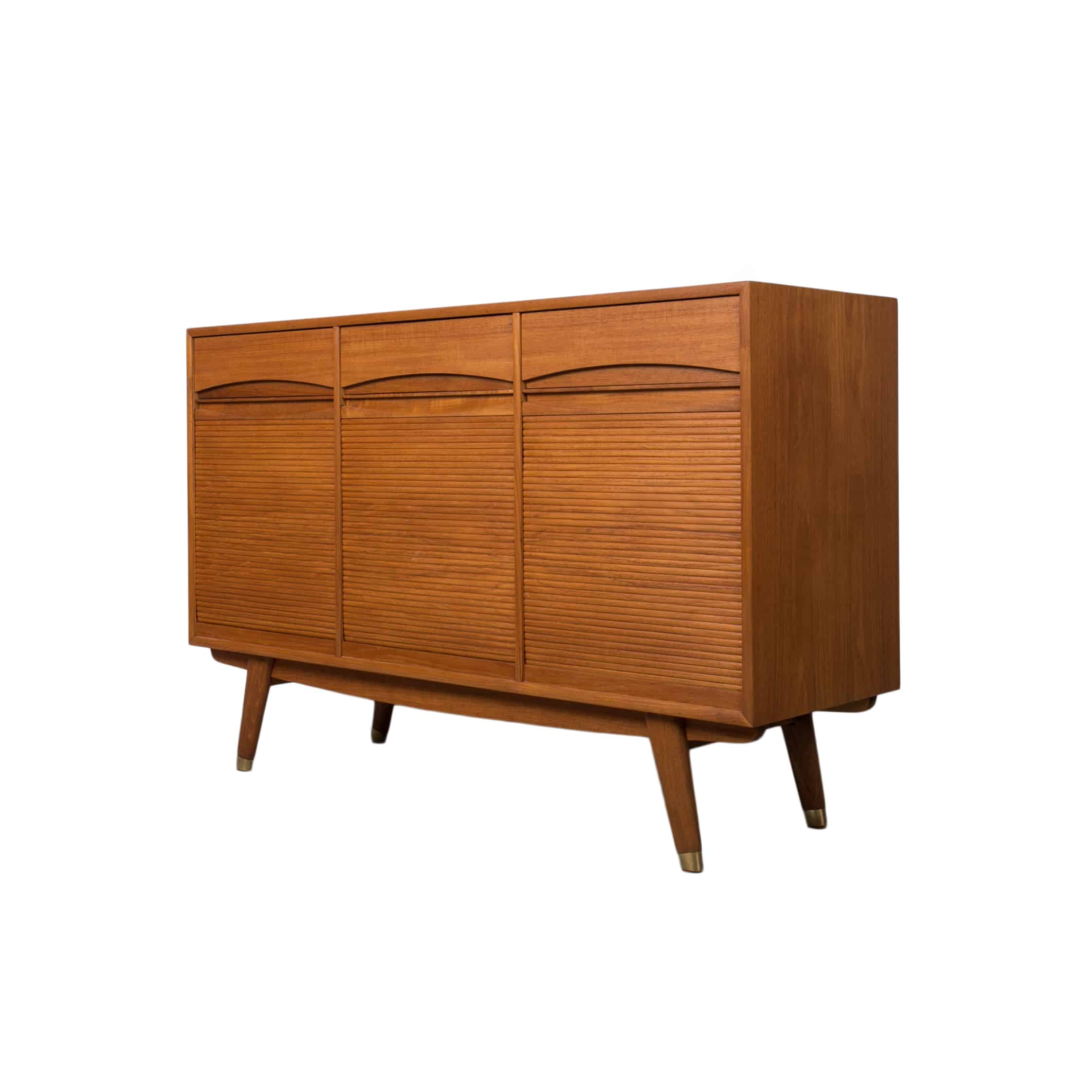
Humble Beginnings: “Boards” Etymology
The sideboard was a development of the late 18th century in England, adapted from other popular table designs. During this time, many tables were referred to as “boards”, as they were made from boards of wood resting on trestles, and could expand or move to suit the dining occasion.
From this term, we got many common English terms we use today. For example, “room and board” developed out of this name for tables, suggesting a spot that would provide sleep in a room, and meals at the “board”. This term also expanded to apply to names for more kitchen items.
A “cupboard” is a piece of furniture that gradually evolved, but kept its name. Originally it was a solid oak spot to display cups and dishware on an open-shelved side table, but we more commonly see enclosed cupboards as enclosed shelving with doors, often floated above or around kitchen appliances.
The Design Develops
Prior to the introduction of the sideboard to well-off 18th-century English homes, meals often took place in a parlor room that doubled as a dining room. The food for gatherings was presented on serving boards. These tables rested on a single trestle typically, and it was not until late in the century that sideboards materialized, as three-part alternates to the medieval tables used.
Antique sideboards, at their start, typically included a wood plank, rested between two cabinets or trestles, and decorated with opposing vases or urns on either end.
All adaptations and appreciations for sideboards were not happening only in England, though. Something similar to this Louis XVI Sideboard can give you an idea of the sensibilities of the time, though this piece in particular exemplifies German Louis XVI style. Sideboards across Europe became more and more decorated, developing into furniture pieces that demonstrated wealth.
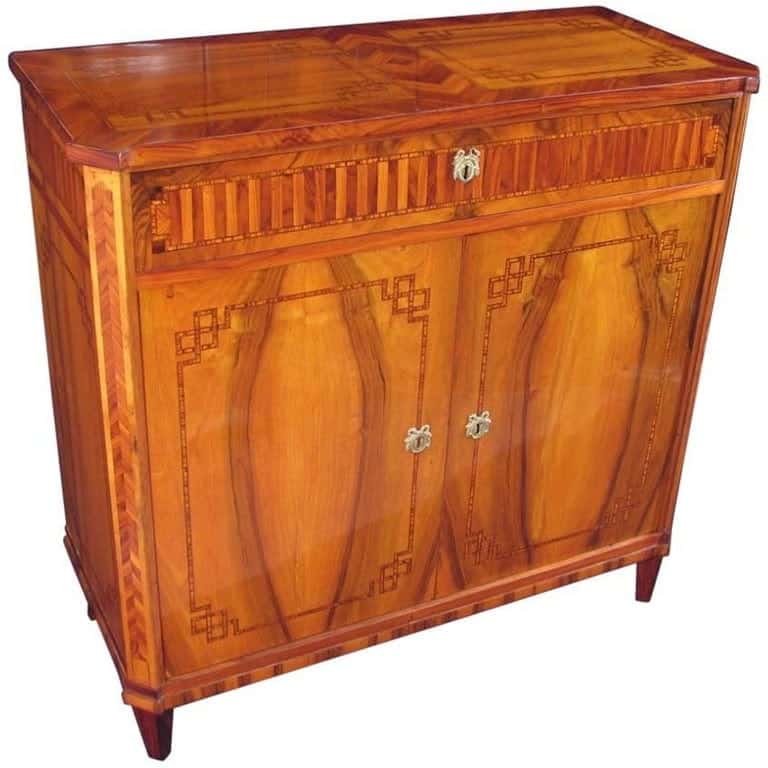
Showing Off: All About Status
Aside from having servants at the ready, the affluent mansions of England boasted their prosperity through their furniture. The decorative elements of a sideboard and the dishware presented on top reflected a lot of information about the homeowner to guests.
These pieces came to include more shelving, allowing space to showcase expensive silver serving plates. Sideboards became elaborately decorated with ornate detailing, mirrors, embellished veneers, and brass handles.
Notice some of these elements in this Baroque Sideboard, crafted in the 2nd half of the 18th century in Switzerland. The grand cabinet doors reveal many smaller cabinets; the beautiful wood patterns are awe-inspiring. The original and unique detailing on the feet is exemplary of the Baroque period, adding a delightful touch to this majestic sideboard.
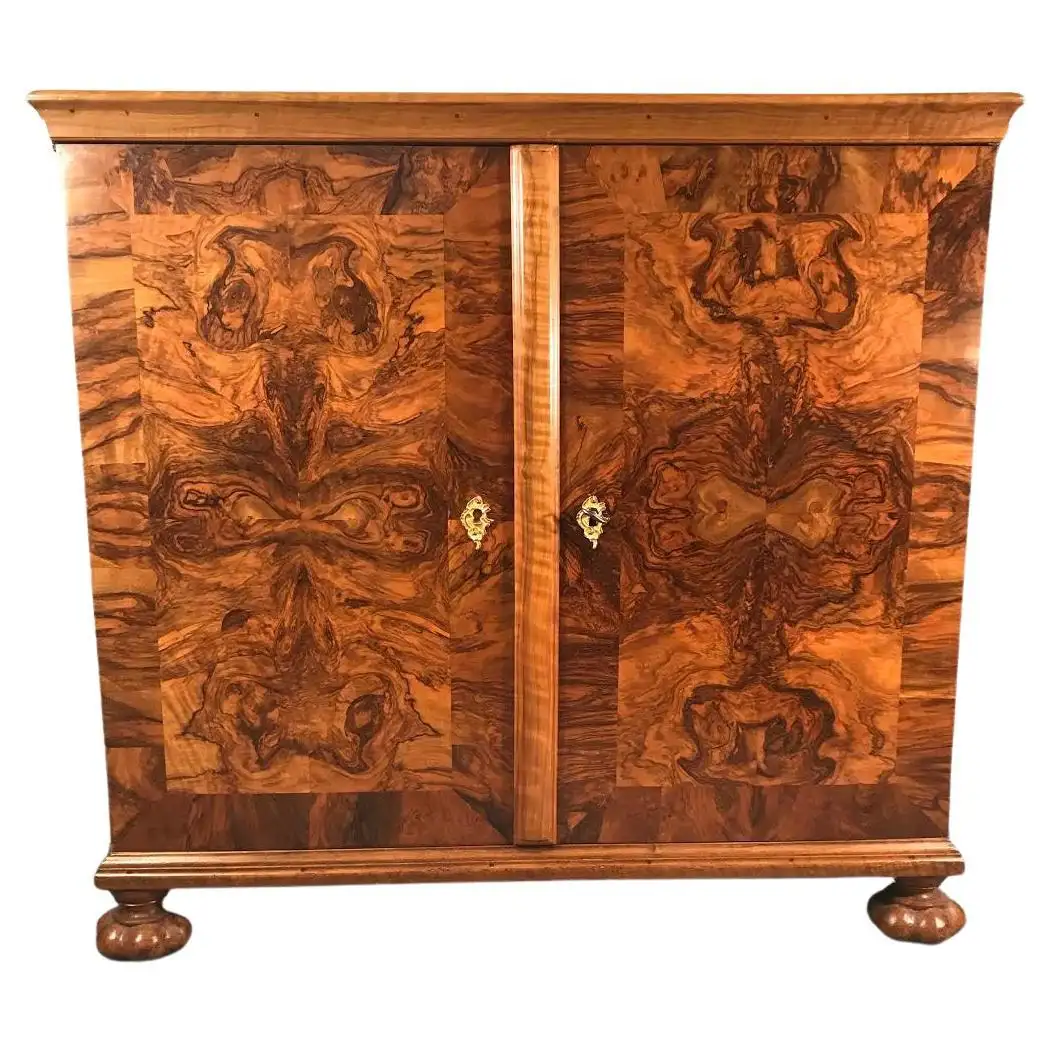

Antique Sideboard: Made Possible by Robert Adam
Robert Adam, a British architect known for his work in the Neoclassical style, played a key role in developing the modern sideboard. He had a major
influence on incorporating exterior and interior design with the movable furniture in a room. Curious to create thoughtful living and home designs, he worked on how to unite all elements of home style.
This unified approach has appeared many times in history, and while it is not always accessible, there can be a considerable aesthetic payoff for this type of meticulous design. It is delightful to imagine a space that you could craft from start to finish, with furniture pieces in harmony with the structural and architectural components.
What is the Difference Between a Sideboard and a Buffet?
There are many debated differentiations between terms for this type of furniture piece. This includes “sideboard”, “buffet”, “cabinet” “credenza”, and “server”. Are these all the same? If not, what makes them different? Depending on who you ask, you may get a different answer.
Generally speaking, buffets are slightly larger and taller than sideboards. They are explicitly for people serving themselves food and can be identified by their countertop height for convenient buffet-style self-service.
This Antique Chinese Lacquer Cabinet could be regarded as a buffet or sideboard in the dining room, but if you moved into the living room, who’s to say it couldn’t be a credenza or cabinet?

The Sideboard: Antique, Vintage, and Beyond
How will you utilize an antique sideboard in your home? There are countless options to choose from, and every design can adapt to what your home needs. Sideboards provide both flexible functionality and beauty, allowing you to express yourself and showcase the things you value.
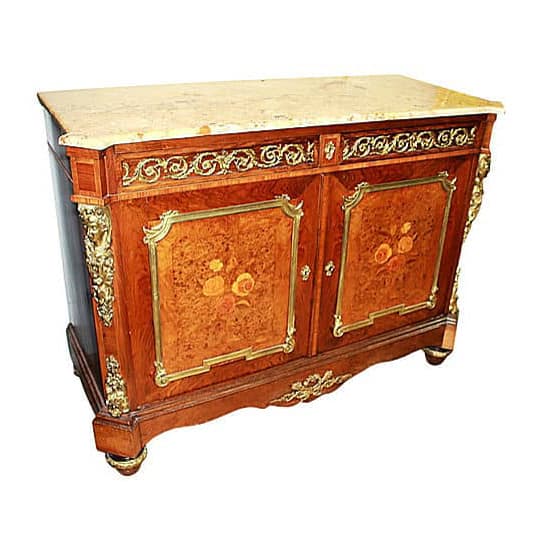
Maybe your eyes light up at this delightfully lavish French Marquetry Buffet Server. It blends 17th and 18th-century design styles with some contemporary elements, seeming to reference the status-seeking glamor of the early English designs. However, Napoleon III-era furniture is highly decorative in its own right.
Both this Biedermeier Cherrywood Sideboard and Art Nouveau Sideboard sit on the border of being antique or vintage, depending on the exact creation year for each. You might notice elements of this era of furniture that appeal to you!
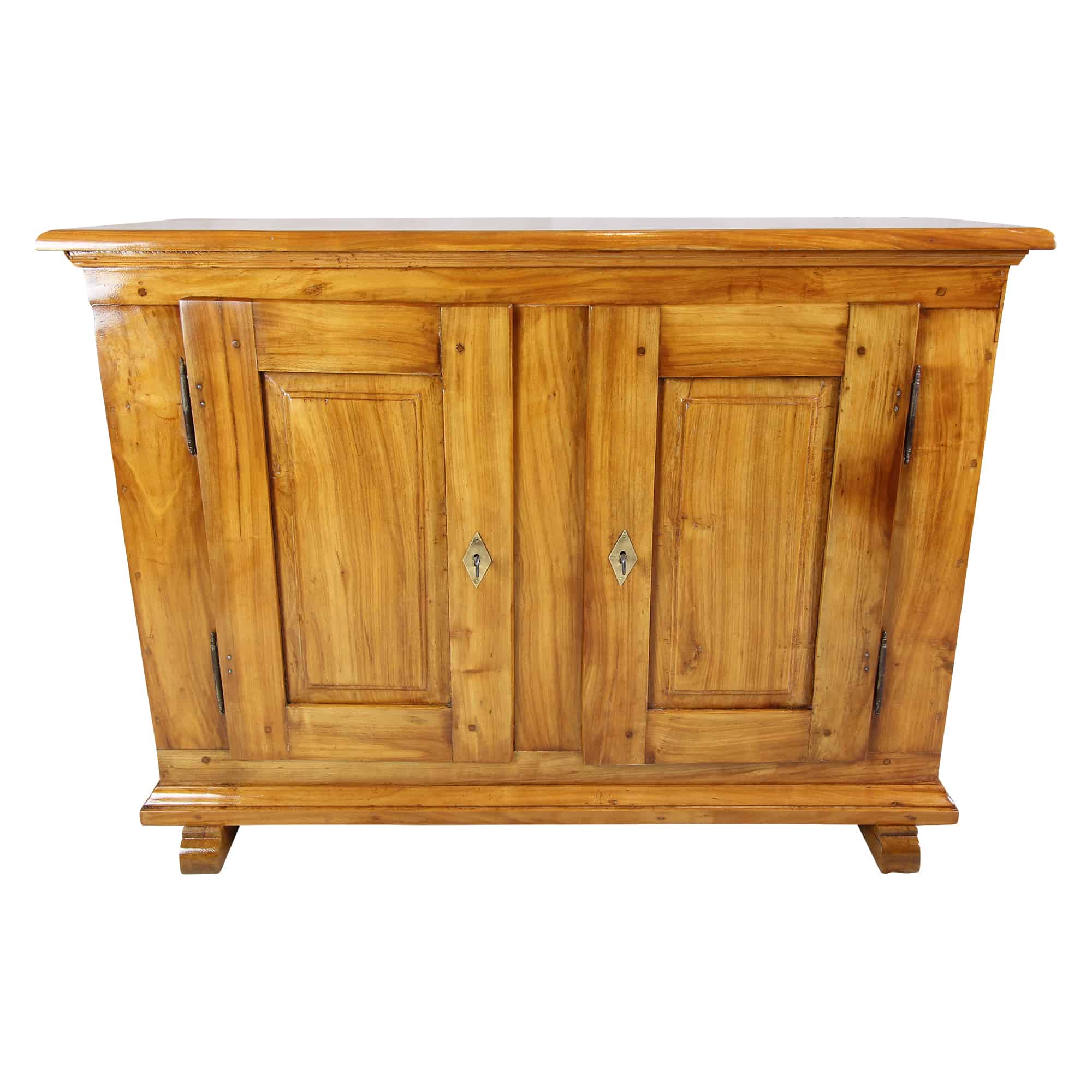
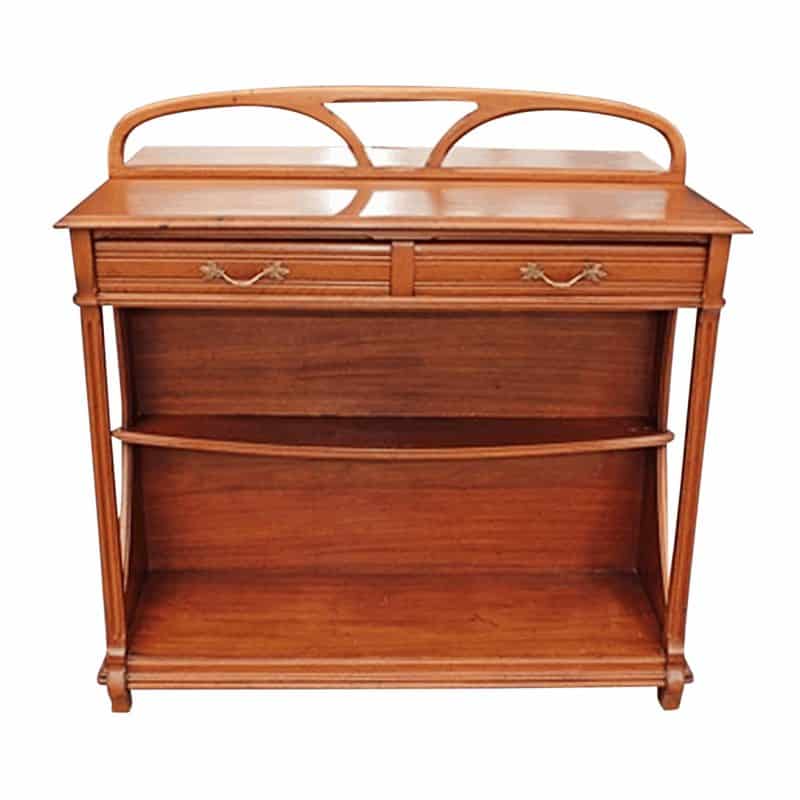
Antique Sideboards: Historical Adaptations to Modern Functionality
Most of us may not have servants standing by to serve us from an ornate antique sideboard. But there are a plethora of modern uses. Consider both the functional storage, as well as the entertainment value of an antique sideboard. Adding one to your home could provide you with space to set aside your most treasured dishes. What a way to infuse your space with history.
What pieces might you have that stay tucked away at the back of your kitchen cabinets, out of your regular daily rotation? You might discover that you use those unique items more when they have a designated site.
No matter what antique pieces you wish to display on, say, an oak sideboard with adjustable shelves, tapered legs, and four drawers. As history can show us, a sideboard is an entire unit of storage potential. Find yours on our site today.

